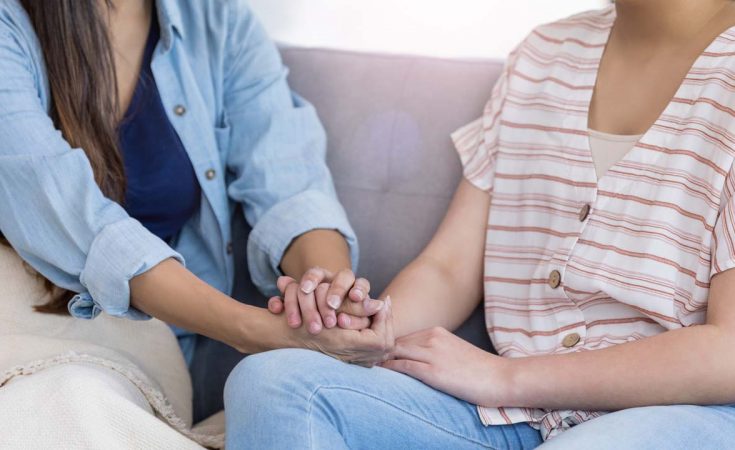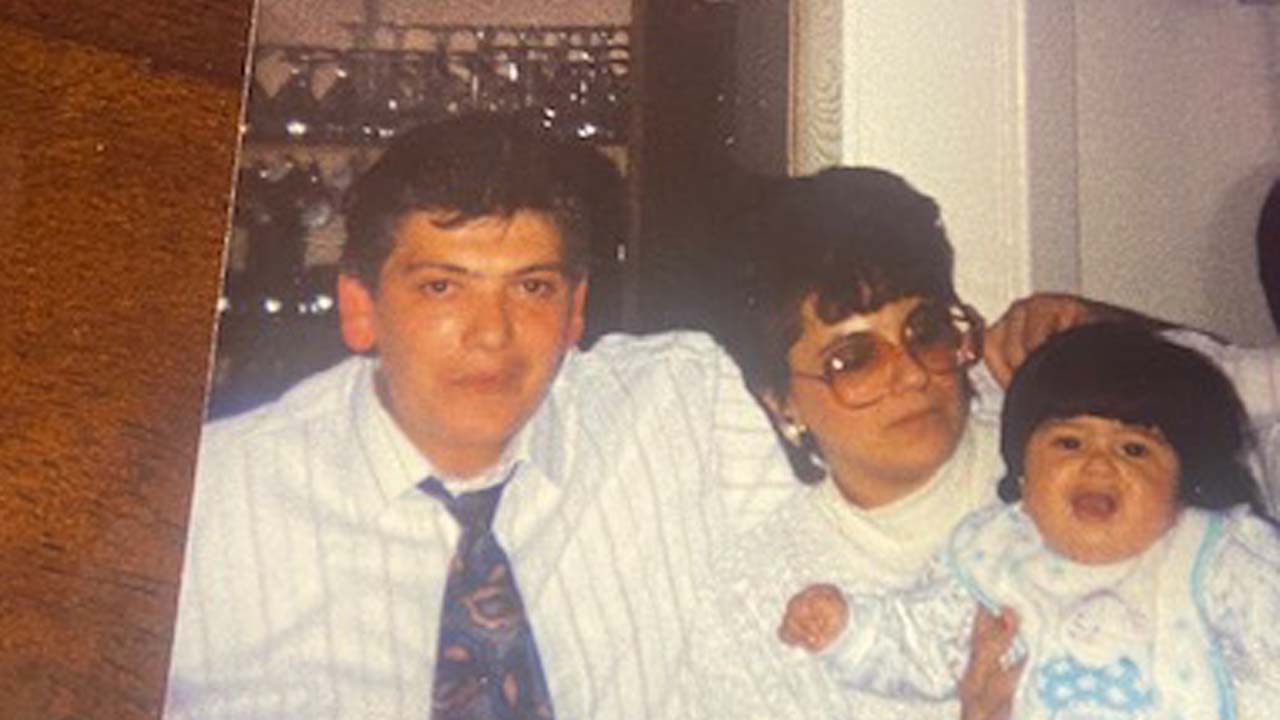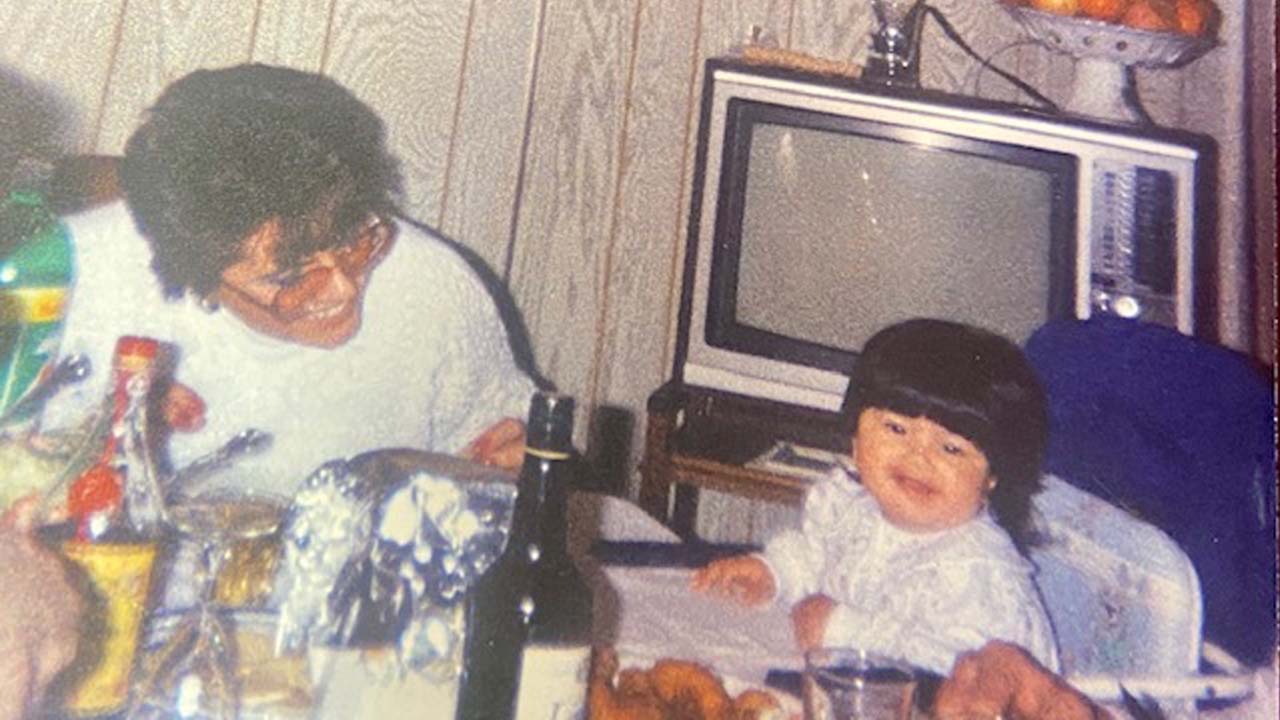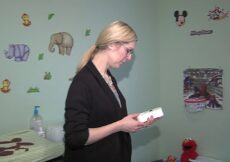I was born in Portugal in a little town named Ovar where I was raised until I was nine. I grew up very poor and lived in a small three-room house with my parents, younger sisters, and grandma. In 1967, my maternal grandfather made arrangements for us to come to the United States to have a better life. We came at the end of 1969, went to school, and by the age of twelve, I was helping out my parents by washing dishes in a restaurant. By 1976, at the age of sixteen, I had met the love of my life who would later be my husband—his name was Rocky.
Being raised in a conservative family, I was not permitted to date at sixteen. It was rough waters when I told my dad that not only did I have a boyfriend, but that my boyfriend wanted to meet him. My dad decided to give Rocky a chance, but we were only allowed to see one another with a chaperone. By 1979, we were married. Over the next twelve years, we traveled and had a wonderful life, but we knew that something was missing. In 1990, my husband and I found a beautiful new colonial home in Fishkill, New York, where we knew we wanted to raise our children.
Unfortunately, years went by and we were not able to conceive. The attorney that did the closing on our house had mentioned adoption—she had adopted her oldest son through an agency and was very happy with them. By the time we met her, her son was already well on the way to becoming an attorney himself. She gave us the information so we could get in touch with the adoption lawyer she used, and we were able to find out more about the process.
At that point in time, my husband and I did not want to know the cause of our infertility. In my heart of hearts, I’ve always thought that if I couldn’t have biological children, the one thing I wanted to do was adopt and give a child the love, the home, and everything else they needed. We told the agency and lawyer that we were seeking an infant that would resemble us and, lo and behold, six months later we got a phone call letting us know about a child. We were sent a small little picture and vitals of a baby girl—as soon as we saw the picture, Rocky and I fell in love. We said yes immediately, without hesitation. About three months later, after a lot of paperwork and formalities, Rocky and I traveled to Colombia to meet her for the first time.
The author (middle), with her husband and adopted daughter. Photo: Courtesy of Paula Guida
We did more paperwork processing in Colombia, came home, and several weeks later after the papers were finalized, we were able to bring Melissa home. Rocky and I decided when we first adopted that we weren’t going to let our children know that they were adopted because we wanted our children to have a sense of family and belonging. In particular, I wanted them to know that they belonged with the rest of the children in our family and not be treated differently or as outsiders.
Though it is not an excuse for my actions, I do want to share that it was not with malicious intent that we made these decisions, but the way of thinking to which my family was accustomed. We were raised in a very traditional way, in small towns that did not recognize the nuances of race and ethnicity.
Throughout the process, although the agency told us that paperwork and other legalities would take some time, there was no formal training or paperwork about transracial adoption. After the adoption, our adoption attorney mentioned yearly barbeques to meet up with other adoptive families that were also fundraisers to help other children in the orphanages. After we arrived home from Colombia two years later with Melissa’s (adoptive) brother, there still were no check-ins from the agency other than congratulations.
As Melissa grew up, there were many questions. There were many times when she asked me why she was born in Colombia. I dodged that bullet by simply saying that we were there at the right time. Truth be told, at that point in time, I was afraid to tell her the truth.
The author with her adopted daughter. Photo: Courtesy of Paula Guida
Eventually, Melissa started college and met a very handsome young man who was half Colombian himself—he is now her husband. On a trip home from a break in college, Melissa was still very curious about her origins and decided to go looking around for answers and found a copy of some of her adoption paperwork in a desk drawer. She then gave it to her boyfriend and he confirmed that they were adoption papers. Melissa decided to confront me with the truth and I could no longer keep the lie. I told her my reasons, and that I loved her. We went through very turbulent times following that night. She moved out for almost a year, with barely an occasional hello. Her heart was broken, but so was mine. In my mind, I never thought of my children as being adopted.
After a year of conversation and figuring out how to be mother and daughter again, Melissa and I began to really talk. We had many conversations where she taught me that speaking out loud about adoption was okay and, among other things, it made me love her more.
Today, Melissa is an author, a mother, and a wife. She has two children and they are my world. She wrote a book called What White Parents Should Know About Transracial Adoption to give tools to parents who, like me, weren’t prepared to raise children of color. Fortunately, Melissa and I overcame our torrential waters, but that is not the case for everyone.
The book has helped teach me that there are still people being treated differently for their race and ethnicity. I’ve also learned that even though I really believed that I was not a racist person, that I had prejudices and biases that were unintentional. I’ve learned of so many instances where people of color are being treated horribly that I was unaware of because I was sheltered growing up.
Melissa has done a lot of research to prepare parents of today to avoid making the same mistakes that were made years ago by inexperienced people like my husband and myself. Her book gives prospective adoptive parents the information they need so that they can see what is coming before they make the decision to adopt. It gives the knowledge, the information, the tools, and everything else needed to start on the right path.
I may still be learning, but knowledge is power. And I recommend anyone who has adopted, or is thinking about adoption, take the time to work through this book—it is the right step in doing right by your children.
This essay appears as the foreword in the new book What White Parents Should Know About Transracial Adoption by Melissa Guida-Richards. Excerpted with permission.





































